Curtain Tiebacks & Holdbacks: The Ultimate Guide to Types, Placement & Style
Tiebacks and holdbacks may be small, but they can shape how your curtains hang, how light moves through a room, and can play a major part in the overall flow of your space. Placement can affect the perception of proportion and sightlines, as well as how fabric interacts with windows and surrounding architecture. If you’re struggling to decide which option is right for you, this guide covers it all. We’ll show you how even a small piece of fabric or a sophisticated piece of hardware can add personality, charm, elegance, or playfulness to your room.
Tieback vs. Holdback: Finally Explained
Sometimes the smallest details make the biggest difference in a room. While the difference between a tieback and a holdback is relatively simple, it can be easy to overlook the stated difference this seemingly small choice can make. Understanding what works best with your drapes and statement goals is the first step in achieving your perfect aesthetic.
What is a Curtain Tieback?
A curtain tieback can be any flexible strap, rope, or magnetic band that gathers the curtain away from the window frame by looping around the fabric or attaching to a wall hook.
· Fabric Tiebacks: These use the same or matching fabric as the curtain, creating a soft, cohesive feel. They’re often paired with light-filtering drapes, such as Zen Linen, for a sunlit, airy effect that can quickly be released for nighttime privacy.

· Rope & Tassel Tiebacks: These add a traditional, bohemian, or nautical accent, ideal for lending some personality to your panel.

· Magnetic Tiebacks: These are perfect as a modern, minimal solution that allows you to gather the curtain without installing any hardware.

What is a Curtain Holdback?
A curtain holdback is a metal or wooden fixture mounted to the wall that holds the curtain back so it drapes neatly away from the window.
· Classic U-Shaped: These fixtures are the most common and are available in a variety of finishes, including brass, nickel, matte black, or wood.

· Knob or Post: This decorative post or ball can be either a plain, simple solution or an elegant statement piece depending on your style.
· Decorative Designs: To add a little décor to your drapes, try finding a holdback with a leaf motif, geometric design, or unique embellishments.

Style Tip: For extra support, use a holdback with heavier curtains like our Celia Jacquard Roman Pattern.

Quick Comparison: When to Use Which?
|
Style Goal |
Recommended Accessory |
Why It Works |
|
Softness & Flow |
Tieback |
The tieback material creates a relaxed, gentle curve. |
|
Structure & Definition |
Holdback |
A set, wall-mounted fixture produces a uniform look. |
|
Heavy Fabrics |
Holdback |
Heavy drapes require the sturdy support of a wall-mounted fixture. |
|
Sheer Fabrics |
Tieback |
Delicate materials need light, flexible tiebacks that don't overwhelm the fabric. |
A Visual Guide to Curtain Holdback Styles
Holdbacks are a key part of the room’s hardware design and often look like an extension of the curtain rod's finish.
· Wood Holdbacks: Perfect for rustic or farmhouse-style interiors, they lend warmth and natural texture to your windows.
· Classic Metal Holdbacks: Always match the metal finish to the curtain rod, like brushed nickel hardware and rod paired with our Luxury Pinch Pleated curtain. 
· Knob Holdbacks: Simple or ornate, these add both function and flair.
Style Tip: Make sure the holdback sticks out far enough from the wall so the curtain stacks neatly without pressing against the window or trim.
The Ultimate Placement Guide: Where & How High?
Placement makes a big difference in how curtains fall, shaping the flow of each panel and the feel of the room. For a classic drape, follow two rules:
· Height and Drape Style: To create a gentle curve, height should align with the “rule of thirds,” meaning one-third of the way up from the floor, creating an elongated swag and making the window appear taller. This technique works beautifully with textured drapes, like our Alma Linen Natural Texture.

· Width and Function: For width, the fixture should sit 3 to 4 inches out from the frame to allow the gathered fabric space to stack neatly against the wall when open and to prevent the panel from obscuring the view.
Tips for Special Cases
Certain window types need extra attention to get your styling just right. For extra-long, floor-to-ceiling curtains, the one-third rule helps position the gathering point and emphasize the window’s height. For patio or French doors, a simple tieback placed just above the doorknob keeps fabric out of the way while allowing easy access.
How to Choose the Right Tieback or Holdback
Choosing the right accessory balances function and overall style. Consider the following before making your decision:
• Function First: Decide if you want the accessory to lightly gather the curtain or firmly hold back a heavy drape. Curtain weight and lining, such as those made with our ZeroLight TriCore™ 100% Blackout linings, will guide your choice.
• Match Your Style: Coordinate material and finish with your existing hardware and room decor. For example, our Willow Linen Pinstripe pairs well with a natural wood holdback.

• Consider Fabric Weight: Soft tiebacks suit sheer and lighter weight linens like our Aria Cotton Textured Check Pattern, while heavier fabrics require sturdier holdbacks.

Aria Cotton Textured Check Pattern
Style Tip: If you aren't sure about the finish, consider a magnetic tieback in a neutral leather or muted metal for flexibility over commitment.
FAQ: Real Reader Questions Answered
Q: "Do I need to use a tieback or a holdback for my drapes?"
A: While not strictly necessary for functionality, these accessories significantly enhance the light control and overall tailored appearance of your window treatments.
Q: "Can I use both a curtain tieback and a curtain holdback on the same window?"
A: It's usually unnecessary to use both on a single panel. Try choosing the one that best suits your fabric weight and the specific style you're trying to achieve.
Q: "What height creates the most dramatic, formal drape?"
A: Positioning the fixture at or lower than the one-third mark to create an elongated swag and make your window appear taller.
Style Recap & Final Takeaway
Choosing the right curtain accessory and securing it at the correct height makes an unbelievable difference in the appearance of your room. It helps to manage light and provides your drapes with the finishing touch they need for a truly custom and professional design feel. Remember:
· A tieback is a flexible gathering mechanism, while a holdback is a rigid, wall-mounted fixture.
· Use the "rule of thirds" for height and place the fixture 3-4 inches out from the window frame to allow for a graceful stack.
· Lower placement creates a dramatic drape, and higher placement gives a more casual style.
Now that your curtain tiebacks and curtain holdbacks are perfectly chosen and styled, ensure your drapes hang beautifully from the start. Review our guidance on window measurement for flawless length and width, guaranteeing the perfect placement before you even install your hardware.
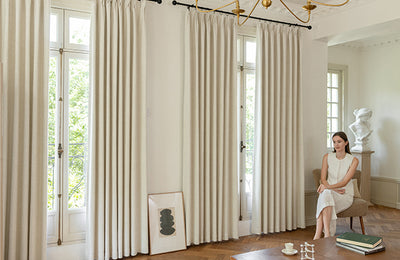
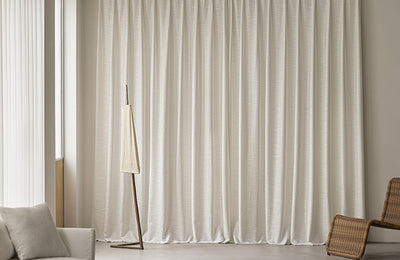
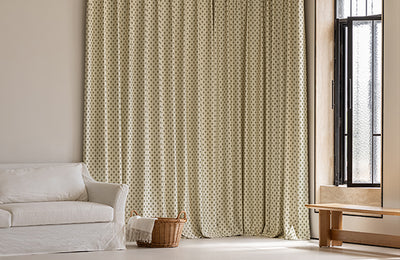




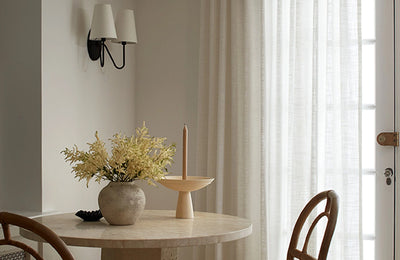
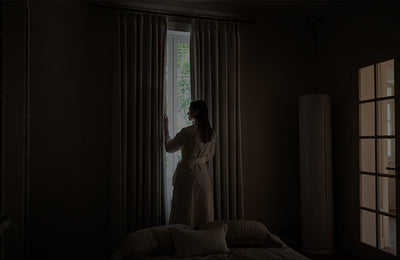

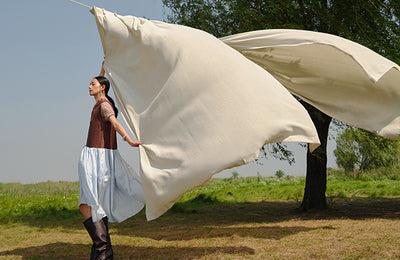
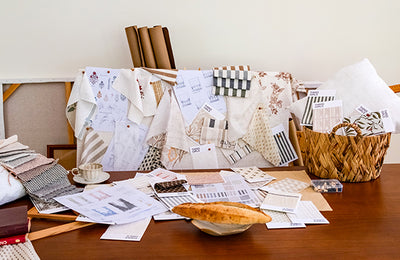
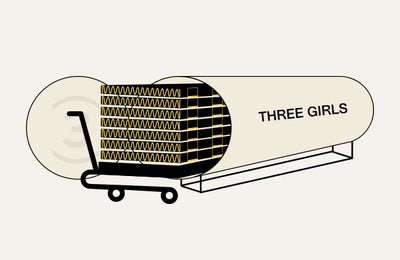



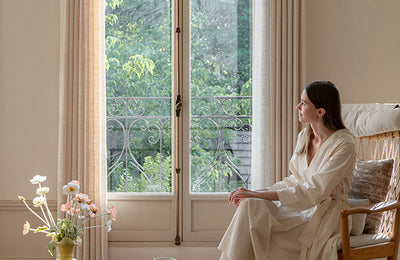


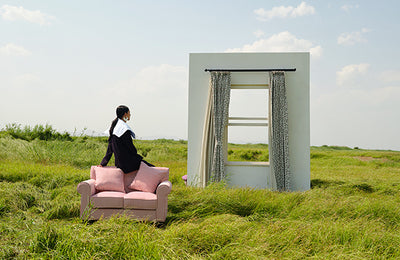

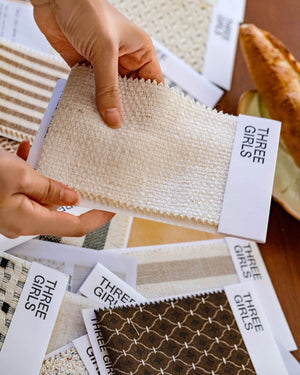


Leave a comment
All comments are moderated before being published.